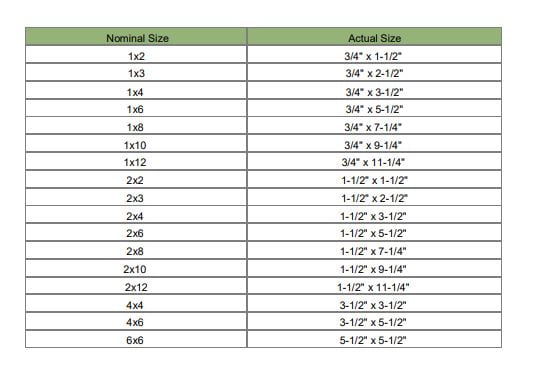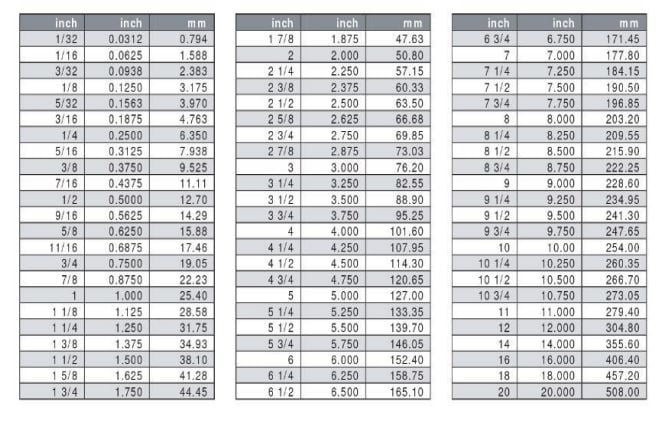How To Build a Seating Bench

Note: All projects performed following instructions found on this site are done at your own risk. Learn more
The construction of this seating bench is simple. It has a beautiful style that suits your living space.
The screws we will use will provide durability. Building this seating bench will be both funny and budget-friendly.
Please read carefully to learn how to make a seating bench. In this plan, you will have bench plans, dimensions, and detailed instructions.
Please review them carefully so you will under seating bench when to cut and organize the pieces.
The bench building process starts with legs and supports.
Hardwood or pressure-treated boards are a popular choice, as well as cedar and cypress.
Pressure-treated timber is less stained, durable, and budget-friendly.
1) Starts by checking the list of tools to use for your DIY seating bench. After collecting the missing tools, focus on purchasing materials.
2) Measure and cut all the pieces and prepare them. Measure the length twice before doing your cuts. Make sure to label each one.
Tips: Drill pilot holes in wood pieces using a power drill for easy connections.
3) Follow the Project details for assembling the wood pieces.
4) We will use 2 1/2" thin wood screw.
5) You will secure use wood glue to the contact surface.
6) Fill any gaps and frame nail holes with wood putty.
7) Sand the entire Project with 150-220 grit or more sandpaper and dust of before painting or staining your finished Project.

Cut List:
A1 - 4 – 2 x 6 x 17 1/2″ upper and lower leg supports 5' 10''
B1 - 4 – 2 x 6 x 15 1/2″ legs 5' 2''
C1 - 3 – 2 x 6 x 50″ top boards 12' 6'' Total: 2 x 6 x 23 1/2″
List of tools:
- Tape measure
- Saw - Drill
- Countersink drill bit
- Wood glue
- 2 1/2" Screw.
- Sanding
Stain/preferred paint coating:
- Water-Based Pre-Stain Wood Conditioner
- Water-Based Wood Stain mixed: Desert Sand and Pure White
- Water-Based polycrylic
Note: As an Amazon Associate, I earn from qualifying purchases.
Side View:

Front View:

Top View:

Bottom View:



Wood painting information:
First, sand the wood with 150 grit or higher sandpaper to achieve a smooth, even surface before staining.
Thoroughly remove all dust from the wood by using a vacuum with a hose attachment, then wipe clean with a damp cloth.
Then wiping clean with a damp cloth. First, apply Pre-Stain Wood Conditioner to the boards.
Apply the Pre-Stain Wood Conditioner and allow it to penetrate the wood for just 1-5 minutes, then remove excess conditioner that has not soaked into the wood with a clean rag Apply Water Based Wood Stain to all of the wood.
You can the color Desert Sand mixed and the color Pure White mixed. What I love about the water-based stain is
1) how easy clean-up is…
2) how little odor the stain has…
3) the colors.
You can get everything from bold, colorful shades to neutral wood tones to light, creamy cottage and ocean-inspired stains.
Apply the stain using a foam brush, and allow it to penetrate the wood no longer than 3 minutes.
It is very fast-drying, so work in small sections! Wipe the wood with a clean cloth to remove any stain that has not soaked into the wood.
Allow the stain to dry 24 hours before applying a protective finish.
Tip: It will be easier to wear a pair of gloves while wiping the excess stain to keep our hands clean than to wash our hands.
After the stain has dried 24 hours, apply a thin coat of Water Based Polycrylic (I used the clear matte finish) using a brush.
Allow to dry at least 2 hours, then sand with a very fine 220 grit sandpaper and remove all dust.
Apply a second and third coat, drying and sanding in between each layer. The wood will need 3 hours to dry before handling and 24 hours before it will be fully cured.
If you've ever used polyurethane on top of white paint and seen the yellow stains that appeared once the poly dried, you know how important it is to make sure you're using the right topcoat.
* If you wish, you can create different beautiful results with your own color choices.
I prefer to use these colors mostly for coffee tables. But beautiful colors will look good anywhere.
Assembly Process:
Step 1:
First, we stick the A1s(2 x 6 x 17 1/2″ ), which are the lower and upper support parts of the B1 legs, to the right and left ends of the B1(2 x 6 x 15 1/2″) parts so that there is no gap.
Then we screw it from both sides using 2 1/2'' screws from the top and bottom.
What you need to pay attention to here is that you should do the screwing process as I mentioned in the note.
This is important to prevent the wood from cracking. Then we repeat the same process to use it on the opposite side.

Step 2:
Now, we place the C1 part, which is our top board, starting from the right or left side and stick it. We screw the C1 board to the A1 parts using one or (two screws if you want it to be stronger) from the right and left ends

Step 3:
Now we place the other C1 top board leaving 1/2 inch gap between them and after gluing we screw it as in the previous process.

We have completed our seating bench project, which is easy to construct and very useful. If you wish, you can use it by sanding it well without painting.




The satisfaction of completing a DIY project is hard to beat and with this plan, you will not only end up with a beautiful outdoor seating bench but also gain valuable woodworking skills and experience.
